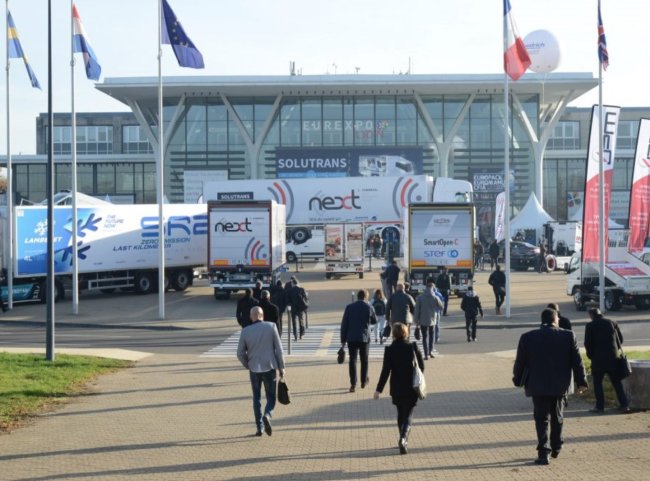Contributing to a Clean Future
What strikes him time and again? Students are curious, sharp, and critical. They don’t want to take part in the fossil or linear economy. They want to contribute to a future that is fairer, cleaner, and smarter. But they often lack the context of where things really happen: in factories, in policy rooms. That’s where you find the drive, the resistance, the compromises, and the innovation. This is precisely why collaboration between education and business is not a luxury. It is a necessity.
What education gains
For universities of applied sciences and research universities, collaboration offers direct access to real-world practice. It’s about current challenges, such as how to intelligently disassemble electronic components to recover critical raw materials, or how to turn mixed plastics back into pure materials. Bringing these tangible issues into education makes learning more meaningful. It sharpens teaching and keeps the curriculum dynamic. A guest lecture from someone in the field then isn’t a break from the program, it’s an enrichment of it.
What companies gain
For companies, sharing knowledge is essential. Technology, legislation, and social norms are changing at lightning speed. Those who only think within their own walls will fall behind. Students and researchers bring fresh perspectives, critical questions, new methods—and sometimes, a healthy dose of resistance. That’s exactly what keeps innovation alive.
Collaboration also provides access to young talent. We can invest early in future colleagues and demonstrate that technology has meaning: that chemistry isn’t about production, but about transformation.
From knowledge sharing to systemic change
The collaboration between education and industry must go beyond internships and project assignments. We should see each other as partners in innovation. The challenges we face, from resource scarcity to climate issues, demand systemic change. That change starts with joint knowledge development, mutual curiosity, and a willingness to truly move forward together.
Education and industry are not separate worlds. They are like reactants in a chemical process: only when you bring them together does something new emerge, something that generates energy, direction, and momentum. The future doesn’t ask for a formula on paper. It asks us to start the reaction.
This is an article by ARN. For the original article, click here.



